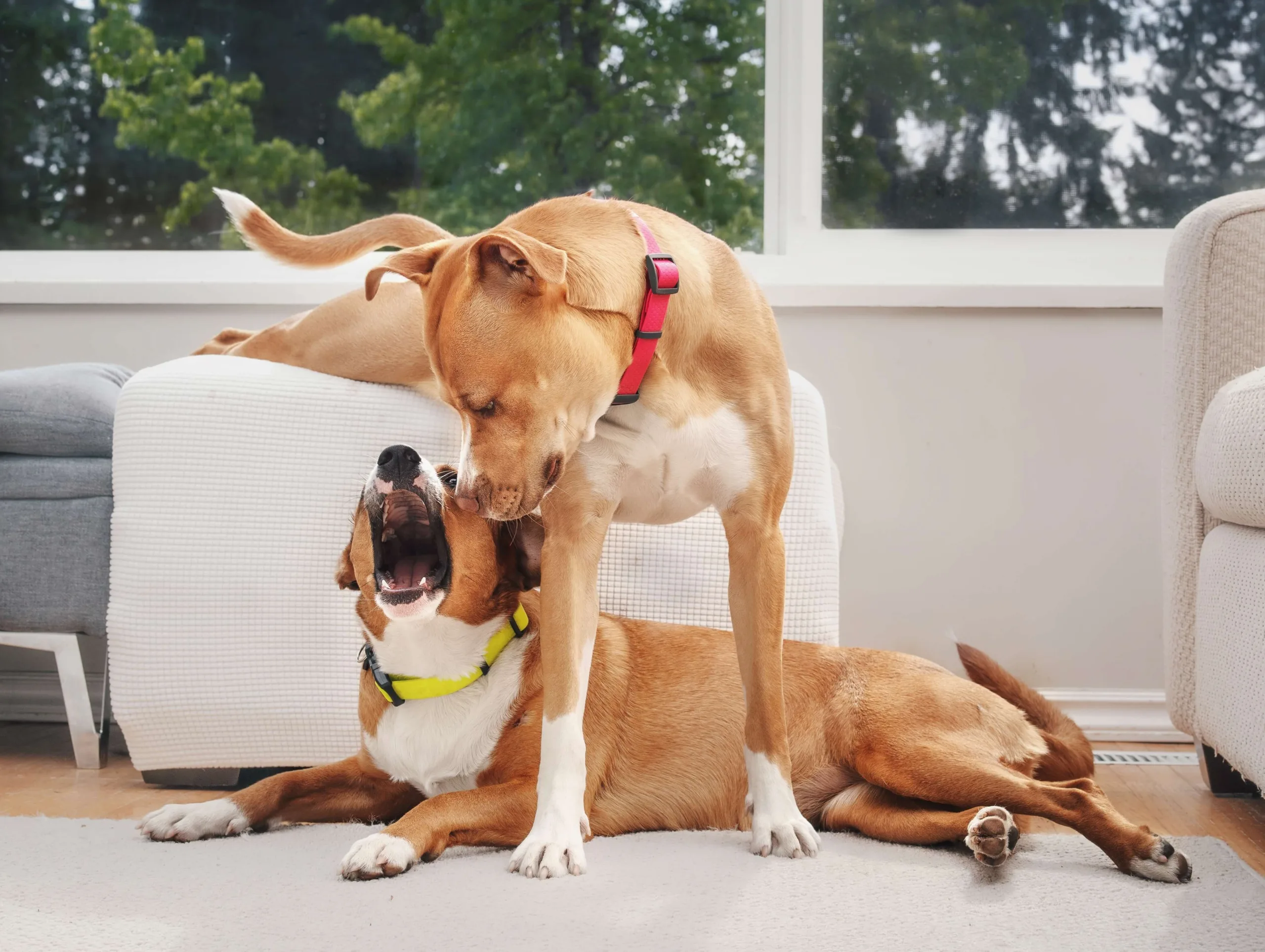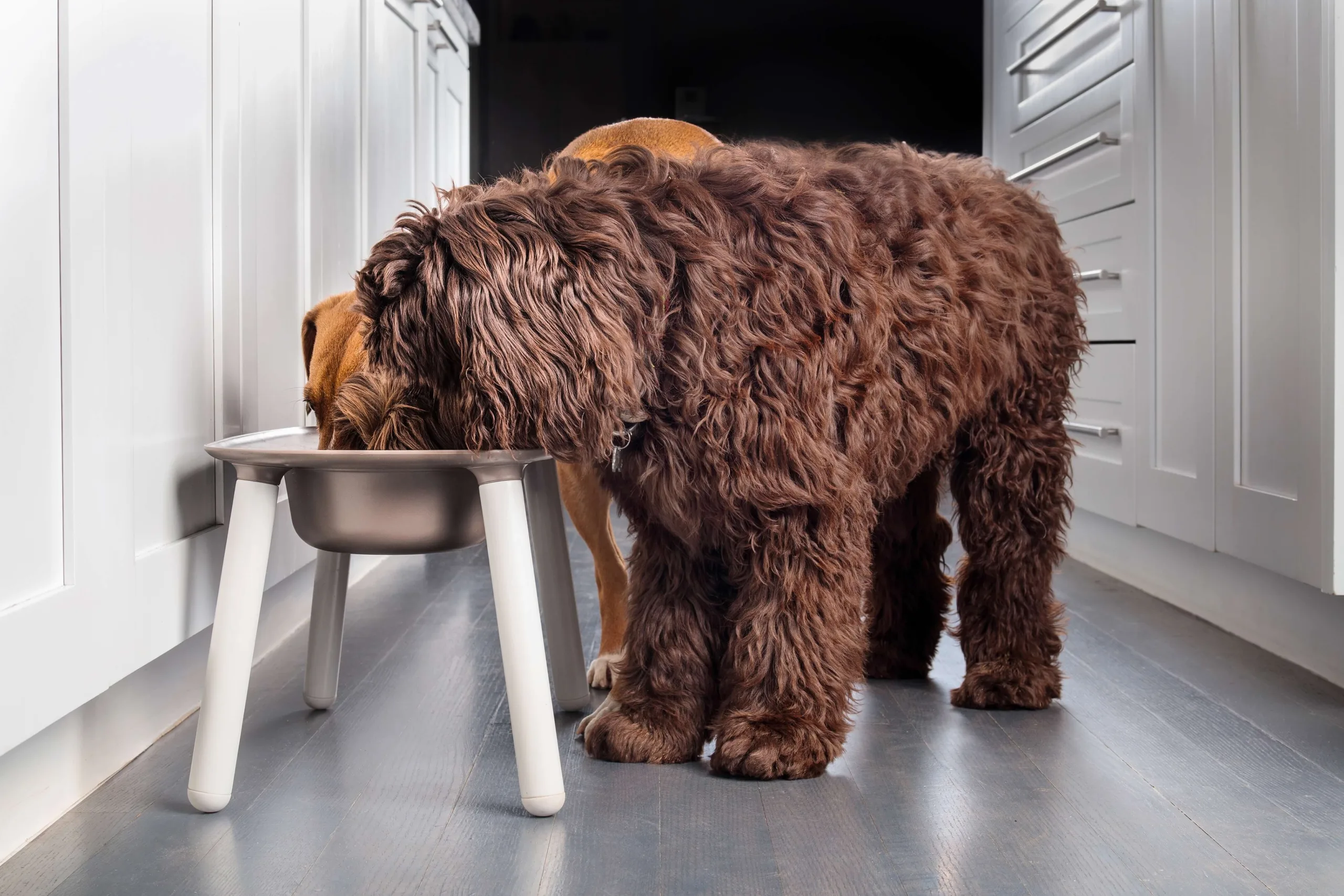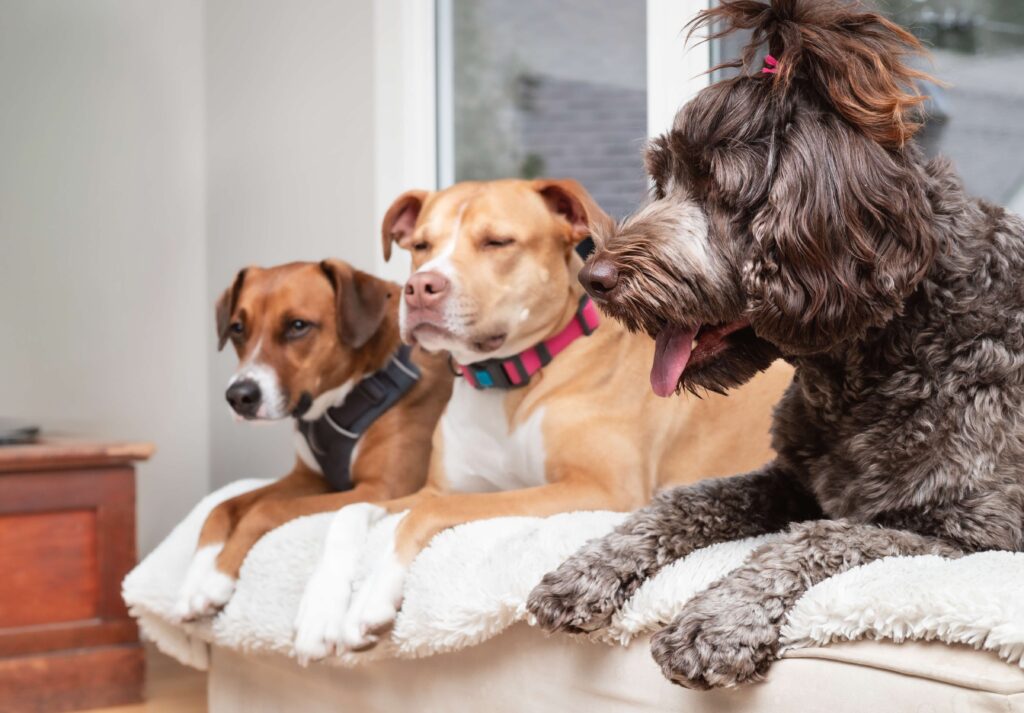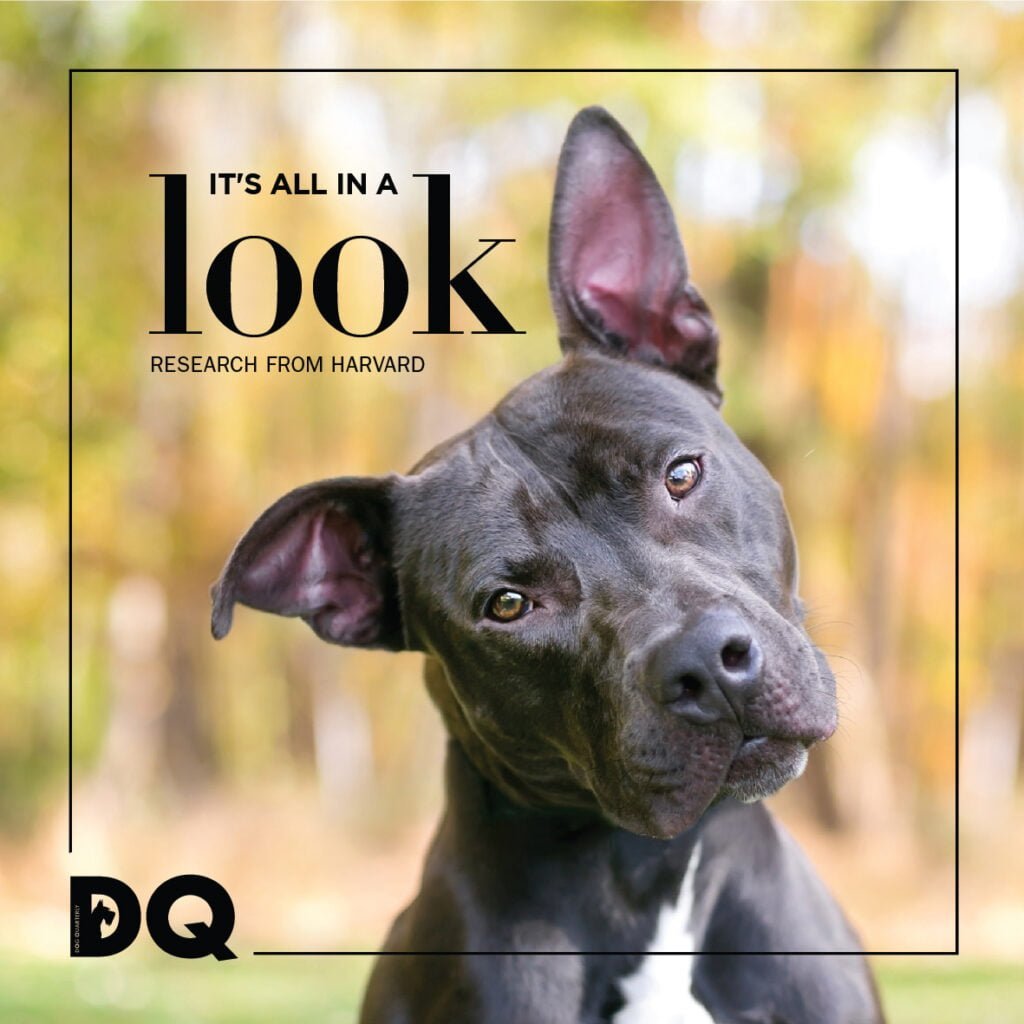Don’t Hope
Rather facilitate
Text: Samantha Walpole
When adding a dog or puppy to a home with existing dogs, simply ‘hoping’ that they will get on is not a viable strategy. Facilitating good relationships in this situation requires forethought and planning. Our responsibility as an owner is to ensure both old and young, and small and large, are happy and safe, physically and mentally.
We cannot simply add the ‘new kid’ and just:
- ‘Let the dogs get on with it’
- ‘Hope for the best’ or
- ‘Leave it up to them’ to sort things out

The factors in play
A multitude of factors come into play when adding a dog to existing dogs: breed tendencies; size; age; temperament; health deficits; energy levels; sociability; experience of the older dog to help raise a puppy; other people in the home; and size of the home (space). All of these matter and play a role.
The goal
It is our responsibility to ensure that no dog is worried or afraid. As caregivers of a multi-dog household, we must ensure that everyone lives peacefully together without fear or stress.
Ensuring success
First and foremost, when choosing who is coming home, we need to make an informed decision for a good fit instead of relying on emotions alone.
Once the new dog is home, we need to remember that no matter how much we have thought of them with our choice, our dogs have had no say in this new arrangement. Therefore we need to put the work in to make these relationships functional and happy.
To do this, we need to take the time to understand ‘dog rules’ and how dogs function together instead of looking at the dynamics from a human perspective.
We also need to accept that a lot of different management strategies will need to be employed to build healthy relationships to meet the needs of the different dynamics of each dog involved. As owners, it is up to us to prepare and change home management in line with how our existing dogs respond to the newbie.
As an added challenge, strategies will need to be continuously adapted as the oldies become more compromised with age and as a puppy goes through adolescence and reaches maturity. You need to watch and listen and believe your dogs if any of them show discomfort or signs of unhappiness.

Take home message
The key here is to be patient and put in the work! Relationships take time and effort to build, and as long as we accept this, our chance of a successful introduction is high.
Expert box
Samantha Walpole
Owner Be The Dog Behaviour and Boarding
Full Practicing Member SABCAP
Full member Pet Professional Guild
Advanced Animal Training Illis
Trainer McKaynine Training Centre



